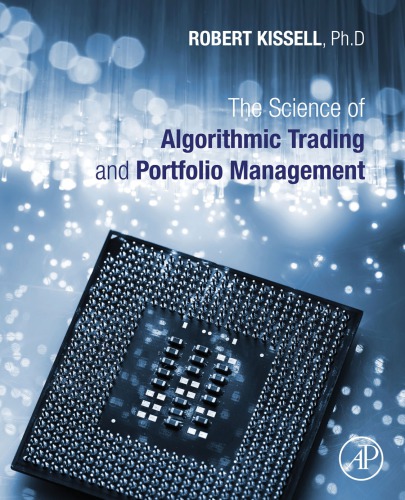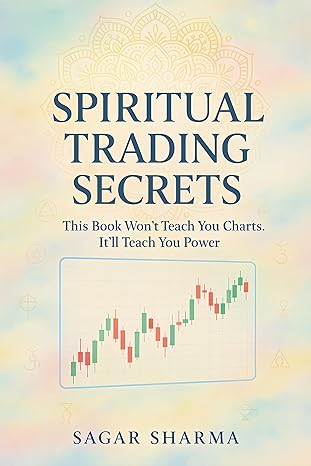دانلود کتاب The science of algorithmic trading and portfolio management - Original PDF
Author:
Kissell, Robert
0 (0)
توضیحات کتاب :
Algorithmic trading represents the computerized executions of financial instruments. Algorithms trade stocks, bonds, currencies, and a plethora of financial derivatives. Algorithms are also fundamental to investment strategies and trading goals. The new era of trading provides investors with more efficient executions while lowering transaction costs—the result, improved portfolio performance. Algorithmic trading has been referred to as “automated,” “black box” and “robo” trading. Trading via algorithms requires investors to first specify their investing and/or trading goals in terms of mathematical instructions. Dependent upon investors’ needs, customized instructions range from simple to highly sophisticated. After instructions are specified, computers implement those trades following the prescribed instructions.
سرچ در وردکت | سرچ در گودریدز | سرچ در اب بوکز | سرچ در آمازون | سرچ در گوگل بوک
1,293 بازدید 1 خرید










